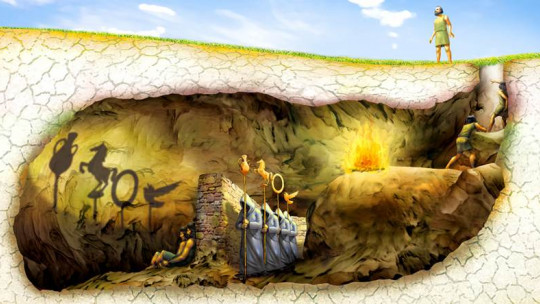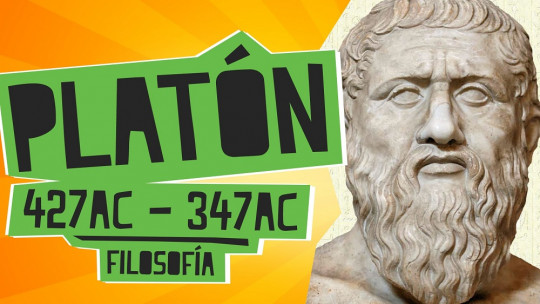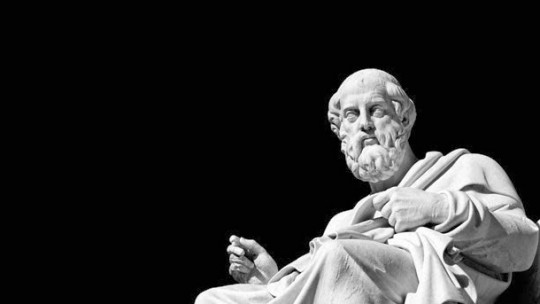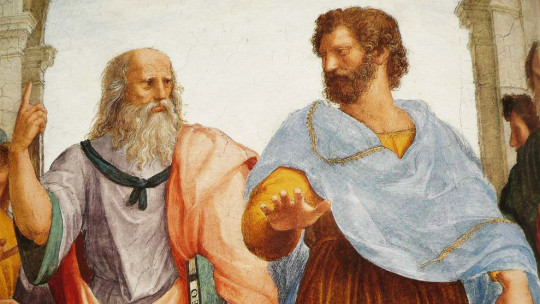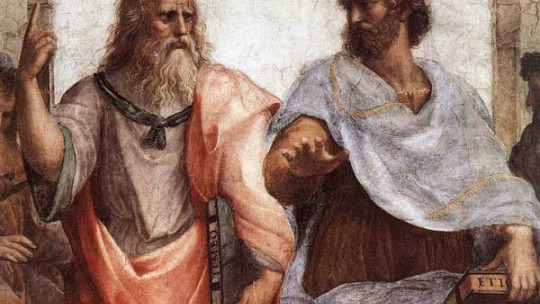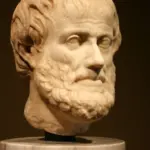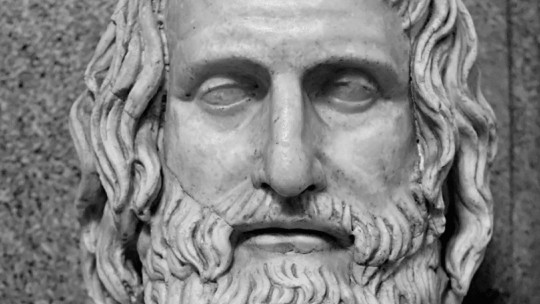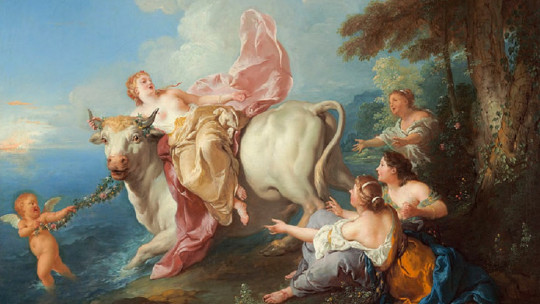Plato’s cave myth It is one of the great allegories of the idealist philosophy that has so marked the way of thinking of Western cultures.
Understanding it means knowing the styles of thinking that have been dominant in Europe and America for centuries, as well as the foundations of Plato’s theories. Let’s see what it consists of.
Plato and his myth of the cave
This myth is an allegory of the theory of ideas proposed by Plato, and appears in the writings that are part of the book The Republic. It is basically a description of a fictitious situation that It helped to understand the way in which Plato conceived the relationship between the physical and the world of ideas and how we move through them.
Plato begins by talking about men who remain chained to the depths of a cave from birth, without ever having been able to leave it and, in fact, without the ability to look back to understand the origin of those chains.
Thus, they always remain facing one of the walls of the cavern, with the chains holding them from behind. Behind them, at a certain distance and placed somewhat above their heads, there is a bonfire that illuminates the area a little, and between it and the chained men there is a wall, which Plato equates to the tricks carried out by tricksters and tricksters. so that their tricks are not noticed.
Between the wall and the bonfire there are other men who carry with them objects that protrude above the wall, so that his shadow is projected on the wall that the chained men are contemplating. In this way, they see the silhouette of trees, animals, mountains in the distance, people coming and going, etc.
Lights and shadows: the idea of living in a fictional reality
Plato maintains that, however bizarre the scene may be, Those chained men you describe look like us , human beings, since neither they nor we see more than those fallacious shadows, which simulate a deceptive and superficial reality. This fiction projected by the light of the bonfire distracts them from reality: the cave in which they remain chained.
However, If one of the men freed himself from the chains and could look back, reality would confuse and bother him : The light from the fire would make him look away, and the blurry figures he could see would seem less real than the shadows he has seen all his life. Likewise, if someone forced this person to walk towards the bonfire and beyond it until he left the cave, the sunlight would bother him even more, and he would want to return to the dark area.
In order to capture reality in all its details, you would have to get used to it, dedicate time and effort to seeing things as they are without giving in to confusion and annoyance. However, if he ever returned to the cave and joined the chained men again, he would remain blind from the lack of sunlight. Likewise, anything he could say about the real world would be met with ridicule and contempt.
The myth of the cave today
As we have seen, the myth of the cave brings together a series of very common ideas for idealist philosophy: the existence of a truth that exists independently of the opinions of human beings, the presence of constant deceptions that make us stay far from that truth, and the qualitative change that comes with accessing that truth: once it is known, there is no going back.
These ingredients can also be applied on a daily basis , specifically the way in which the media and hegemonic opinions shape our points of view and our way of thinking without us realizing it. Let’s see how the phases of Plato’s cave myth can correspond to our lives today:
1. Deception and lies
Deceptions, which can arise from a willingness to keep others in the dark or the lack of scientific and philosophical progress, would embody the phenomenon of shadows that parade along the cave wall. In Plato’s perspective, this deception is not exactly the fruit of someone’s intention, but the consequence of material reality being only a reflection of true reality: that of the world of ideas.
One of the aspects that explain why lies have such an impact on human life is that, for this Greek philosopher, it is composed of what seems obvious from a superficial point of view. If we have no reason to question something, we don’t do it, and its falsehood prevails.
2. The liberation
The act of freeing oneself from the chains would be the acts of rebellion that we usually call revolutions , or paradigm shifts. Of course, it is not easy to rebel, since the rest of the social dynamic goes in the opposite direction.
In this case it would not be a social revolution, but rather an individual and personal one. On the other hand, liberation involves seeing many of the most internalized beliefs shake, which produces uncertainty and anxiety. To make this state disappear, it is necessary to continue advancing in the sense of discovering new knowledge. It is not possible to stay doing nothing, according to Plato.
3. The ascension
The ascension to truth would be a costly and uncomfortable process that involves letting go of beliefs very rooted in us. Therefore, it is a great psychological change that is reflected in the renunciation of old certainties and the openness to truths, which for Plato are the foundation of what really exists (both in us and around us).
Plato took into account that people’s past conditions the way in which they experience the present, and that is why he assumed that a radical change in the way of understanding things had to necessarily entail discomfort and discomfort. In fact, that is one of the ideas that are clear in the way he illustrates that moment through the image of someone who tries to get out of a cave instead of remaining seated and who, upon reaching the outside, receives the blinding light of the reality.
4. The return
The return would be the last phase of the myth, which would consist of the diffusion of new ideas which, because they are shocking, can generate confusion, contempt or hatred by calling into question basic dogmas that underpin society.
However, since for Plato the idea of truth was associated with the concept of good and good, the person who has had access to authentic reality has the moral obligation to make other people free themselves from ignorance, and Therefore he must spread his knowledge.
Like his teacher, Socrates, Plato believed that social conventions about what is appropriate behavior are subordinate to the virtue conferred by attaining true knowledge. Therefore, although the ideas of the person who returns to the cave are shocking and generate attacks from others, The command to share the truth forces us to confront these old lies
This last idea makes Plato’s cave myth not exactly a story of individual liberation. It is a conception of access to knowledge that part of an individualistic perspective , yes: it is the individual who, through his own means, accesses the true through a personal struggle against illusions and deceptions, something common in idealist approaches as they are based on premises of solipsism. However, once the individual has reached that phase, he must bring the knowledge to others.
Of course, the idea of sharing the truth with others was not exactly an act of democratization, as we could understand it today; It was simply a moral mandate that emanated from Plato’s theory of ideas, and that did not have to translate into an improvement in the material living conditions of society.

